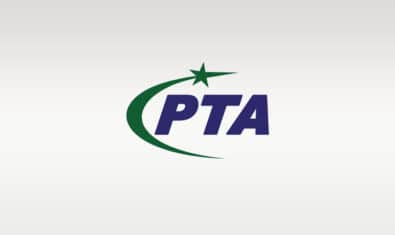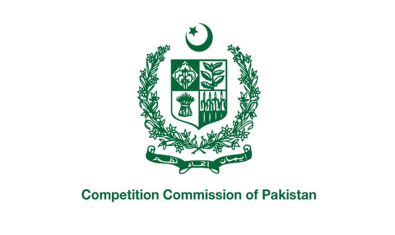Pakistan’s GDP spending on education stands lowest among South Asian economies at 2.5 percent, which is much less than the Sustainable Development Goals (SDG).
On the contrary, the government needs to spend 4-6 percent of GDP in line with the Education 2030 Framework for Action of Sustainable Development Goals, according to a special report published by the State Bank of Pakistan in its annual report “State of Pakistan’s Economy”.
In addition, improvement in the efficiency of education spending is crucial to curtailing expenditure leakages. In this regard, the challenge of ghost schools, high teacher absenteeism, and proxy teachers require special attention.
Teachers’ salaries are estimated to account for around seventy to eighty percent of provincial education budgets. In light of this, estimates of 30,000 to 40,000 ghost schools in the country require urgent attention.
Although efforts are being made at the provincial level to minimize the number of absent teachers, considerable efforts are needed to improve teacher management and quality.
Furthermore, education quality at the primary and secondary school level has remained marginal, as a significant proportion of public spending on education has been allocated to the provision of basic infrastructure. For instance, in terms of the Learning Adjusted Years of Schooling (LAYS) indicator that captures both the quality and quantity of education attained in years of schooling, Pakistan’s position is comparatively weak relative to peer economies.
Similarly, in areas of math and science, as assessed by the global Trends in International Mathematics and Science Study (TIMSS), students in Pakistan are at much lower learning levels compared to other economies.
Likewise, while the quality of teachers is also a challenge in Pakistan due to insufficient teacher training, the country also compares unfavorably in terms of pupil-to-teacher ratio, which means teachers have a larger workload that impairs the quality of education imparted.
On the tertiary education front, the gross enrollment ratio in the country is markedly poor compared to peer economies, which is a major hurdle in the reaping of demographic dividend, especially in light of the growing specialization of academic disciplines and technological progress. Similarly, the state of the technical education and vocational training system (TVET) remains weak on account of a host of reasons, which poses a challenge to the prospects of demographic dividend.
In Pakistan, however, the weak state of education has become a constraint to the prospects of harnessing the demographic dividend. According to Labour Force Survey (LFS) 2021, about 27 million children between the ages of 5-14 were illiterate in 2021, and around 10 million children aged 10-14 only had primary education.
Unless these children are provided education later on in their lives, this illiterate and little-educated cohort would translate into an estimated 21 percent of the projected working-age population in 2031.
This would be in addition to 57 million people (or 33 percent of the projected working age population) in 2031 who are either illiterate or only have primary education, from the age cohorts that are already in the 2021 workforce and would still be within the working age in the next ten years.





















